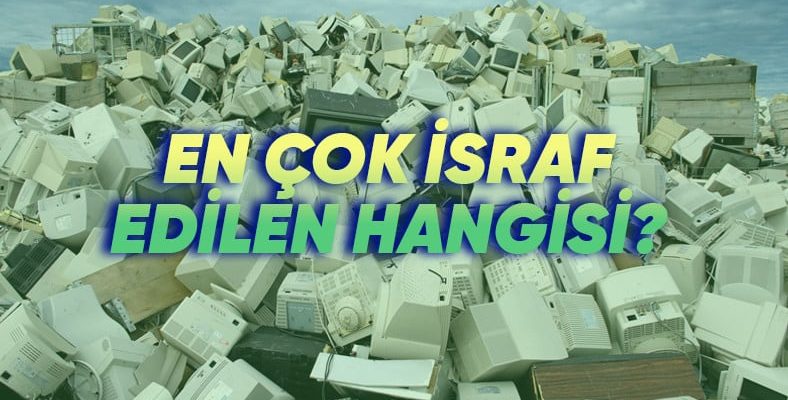Electronic waste, one of the biggest wastes of today, is increasing significantly as brand and new model technological devices are perceived as fashionable. Hazardous substance pollution in the soil is reaching frightening figures day by day due to e-waste generated by the uninterrupted production and consumption frenzy.
Today is October 31 World Savings Day. When it comes to savings, all eyes immediately turn to what we waste the most. Although food and water are actually among the leading topics in terms of waste, technological waste and considerably more.
Although e-waste constitutes only 1% of the world’s waste, the damage it causes to the soil is many times greater than that. The figures given reveal how much waste we waste without thinking. in Turkey and the world e-waste rates Let’s see together what we can do about this.
What does what we call e-waste include?
Millions of electronic devices are thrown away because they are broken or worn out. All these devices are considered e-waste. The reasons for the increasing amount of e-waste are the frequent launch of new models, the destruction of electrical and electronic equipment. unnecessary purchaseshort-term innovation cycles, short lifespan and low recycling rates.
Many products, from toys to small household appliances, fall into the e-waste category.
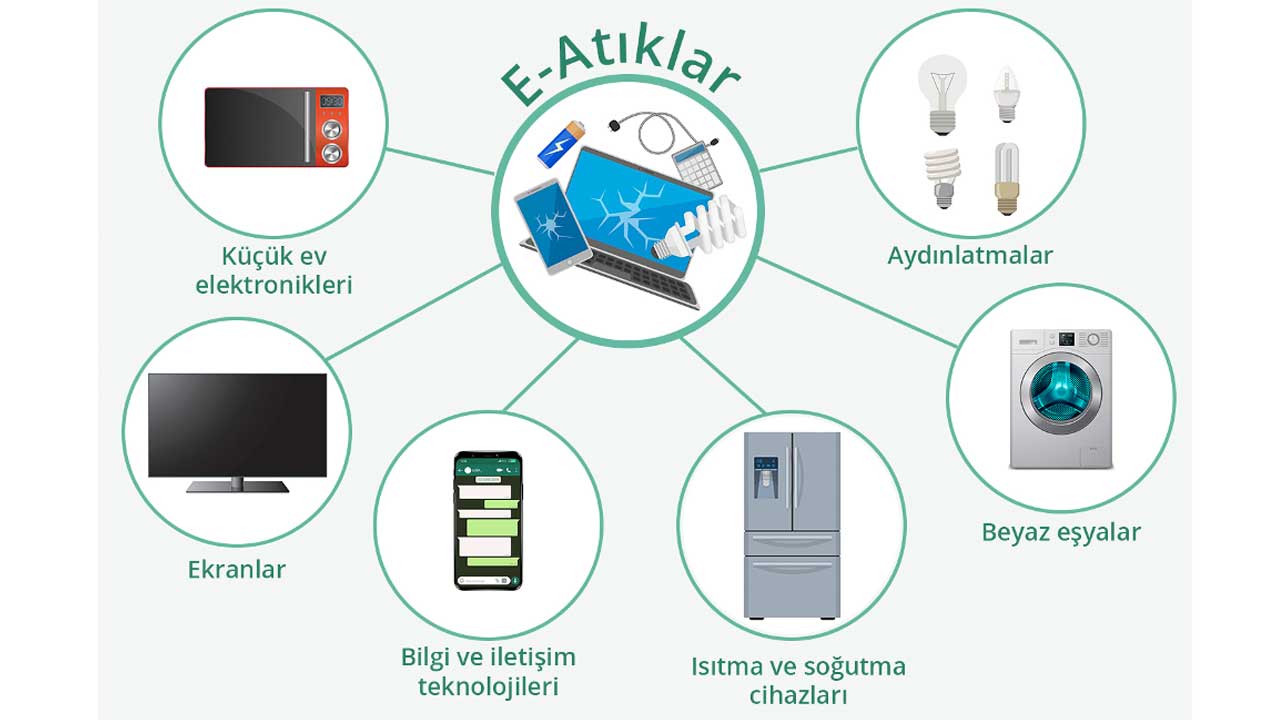
E-waste commonly includes computers, mobile phones and large household appliances. US Environmental Protection Agency divides e-waste into ten categories. These:
- major appliances
- small appliances
- Information technology equipment, including monitors
- televisions
- Lamps and fixtures
- Toys
- tools
- medical devices
- Monitoring and control instruments
- automatic dispensers
Distress signals are ringing with e-waste figures.
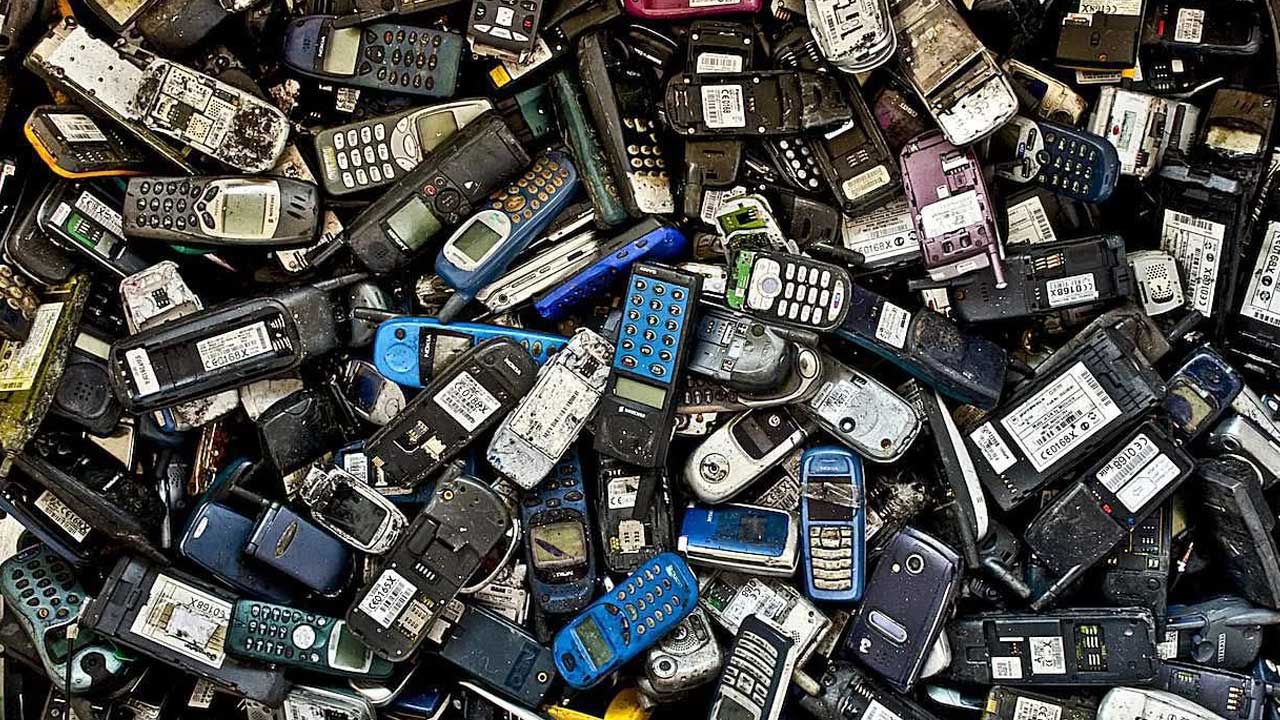
According to a report by the United Nations University large and small household appliances account for approximately 60% of all e-waste It creates. These include ovens, vacuum cleaners, dishwashers, dryers, electric stoves and microwaves.
Institutions’ research on this subject reveals many painful truths. By 2022, according to the International Forum on Waste Electrical and Electronic Equipment More than 5.3 billion smartphones have been thrown away. This shows that the most wasted electronic item after its invention is smartphones.
The main reason why the numbers appear is that consumers have a one or two year Routinely discarding devices and is shown as replacement.
85% of old devices are thrown away.
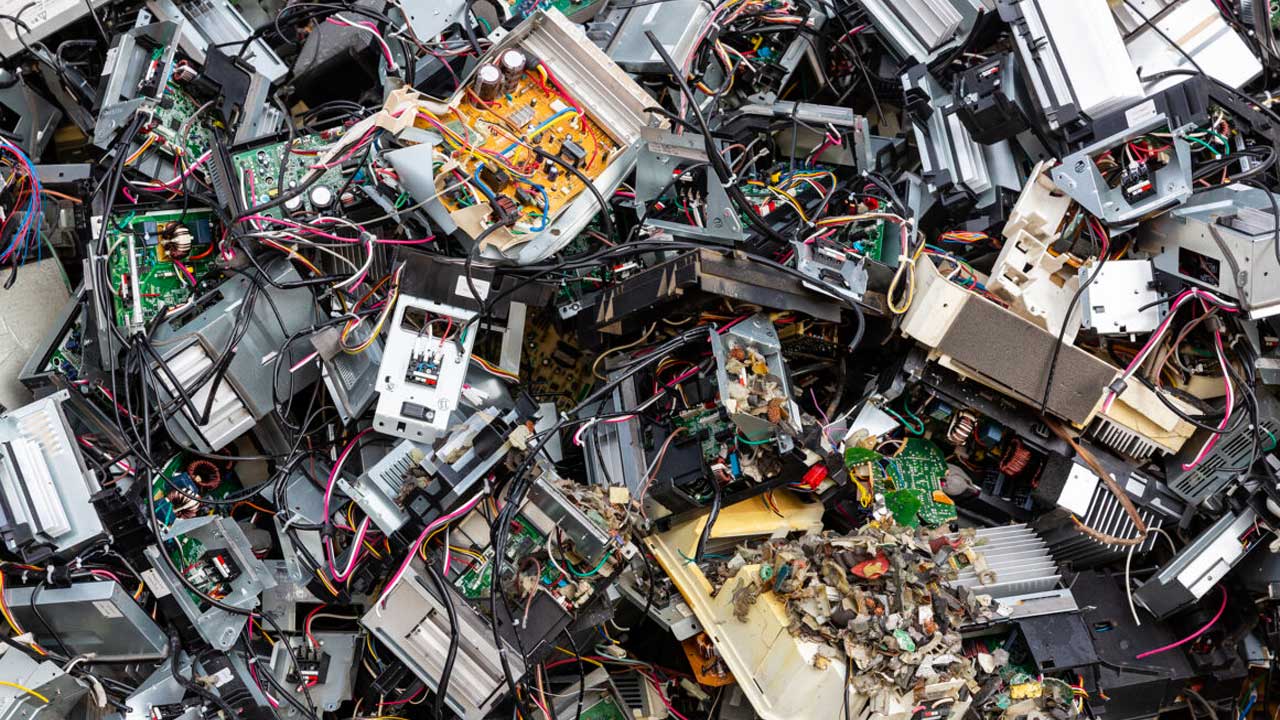
Many people have unused mobile phones and other worn-out electronic items at home and do not know what to do with them. Instead it is stored in drawers or to the dumps is thrown away.
unused in homes in Europe average 11 items is available. Each of these contains five kilograms of waste. By recycling the materials it contains, metals can be recovered or reused in the production of other products.
E-waste thrown into the trash affects not only human health but also harm to the environment is given. That’s why society needs to know how to recycle old electronic items.
RELATED NEWS
According to a New Research, Unused Phones Weigh More Than the Weight of 58 Boeing 747-8 Airplanes
The damage caused by e-waste is like a nightmare.
e-waste While only 17% is recycled the rest is usually sent to low-income countries. In these countries, unregistered workers, including children, try to extract recyclable materials. Moreover, they perform these procedures in a way that poses serious risks to their health.
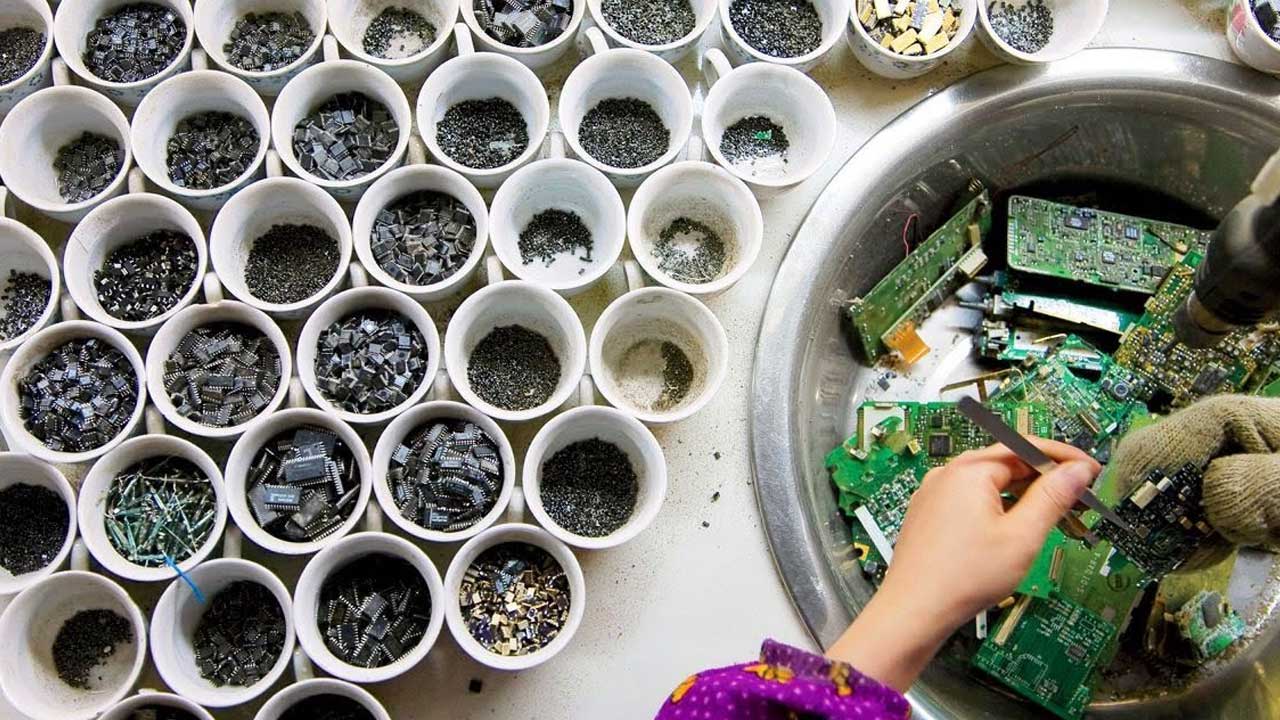
Many electronic devices are exposed to high doses mercury, lead and cadmium Contains. Those who work in waste management carcinogenic exposed to substances. Especially in children and adults, it causes thyroid problems, birth defects, behavioral changes, lung diseases and cancer.
Electronic waste affects not only human health but also biosphere It also harms your health. Electronic devices contain approximately 60 metals and elements. These metals are difficult to separate and control, and they also pose a danger to the biosphere.
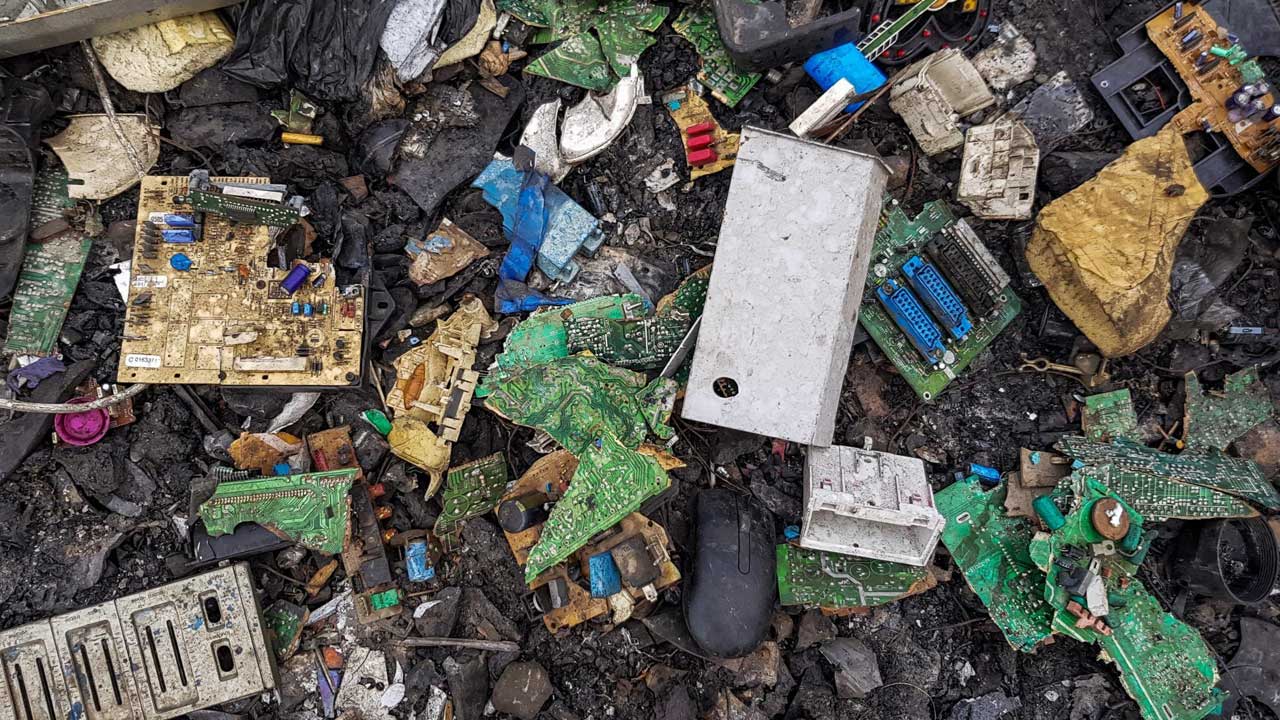
The increase in lead in landfills as a result of throwing away and burning electronic devices also contributes to this. In addition, toxic gas and smoke emissions; climate change, It becomes a major factor in environmental degradation and polluted water.
Even though e-waste constitutes only 1% of the waste in the world, it causes 70% of the hazardous substance pollution in the soil. this too global warming one of the reasons. Also in refrigerators and air conditioners temperature measuring devices increases greenhouse gas emissions.
Which countries recycle the most e-waste?
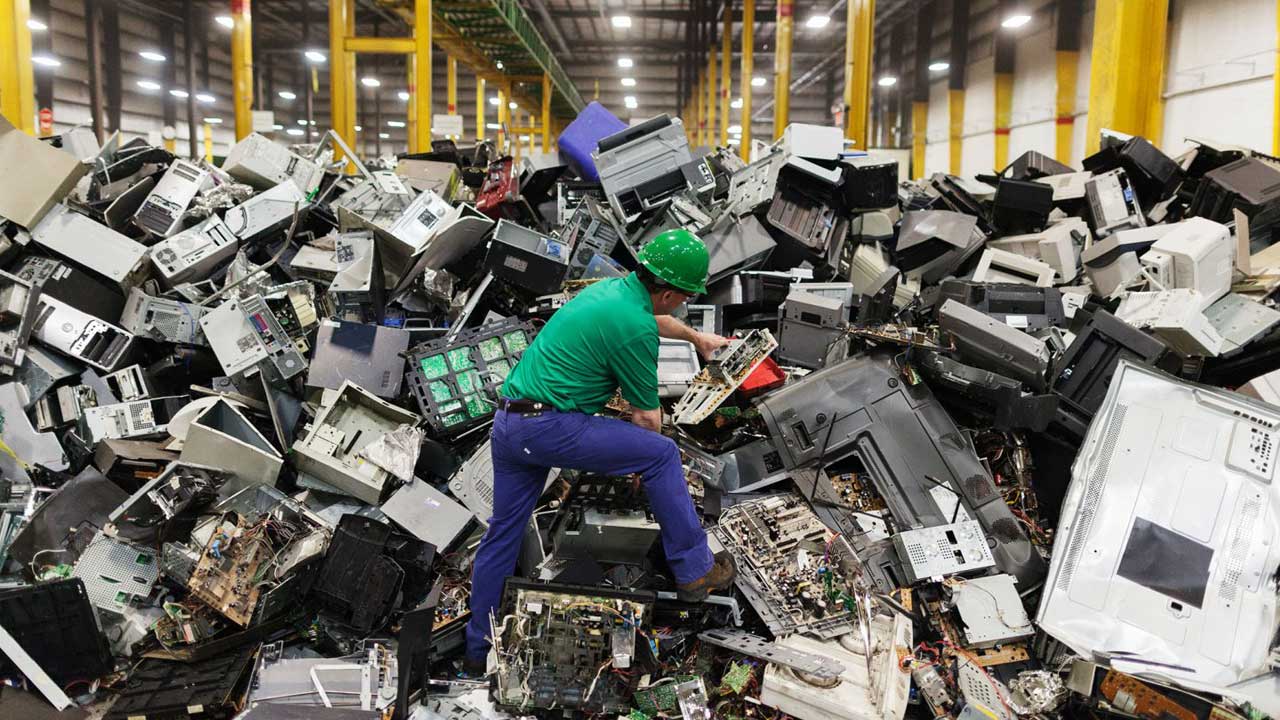
The country with the highest rate of e-waste recycling is Sweden with 62.6%. While Japan is 23%, China is 21%, and the USA is 14%. Türkiye only 5% rate of e-waste recycling.
So who produces the most e-waste? You can find the details in our relevant content:
RELATED NEWS
The World’s Electronic Waste Map Has Been Created: Which Countries Produce the Most Electronic Waste?
Guiyu, China, leads the world’s largest e-waste dumps.
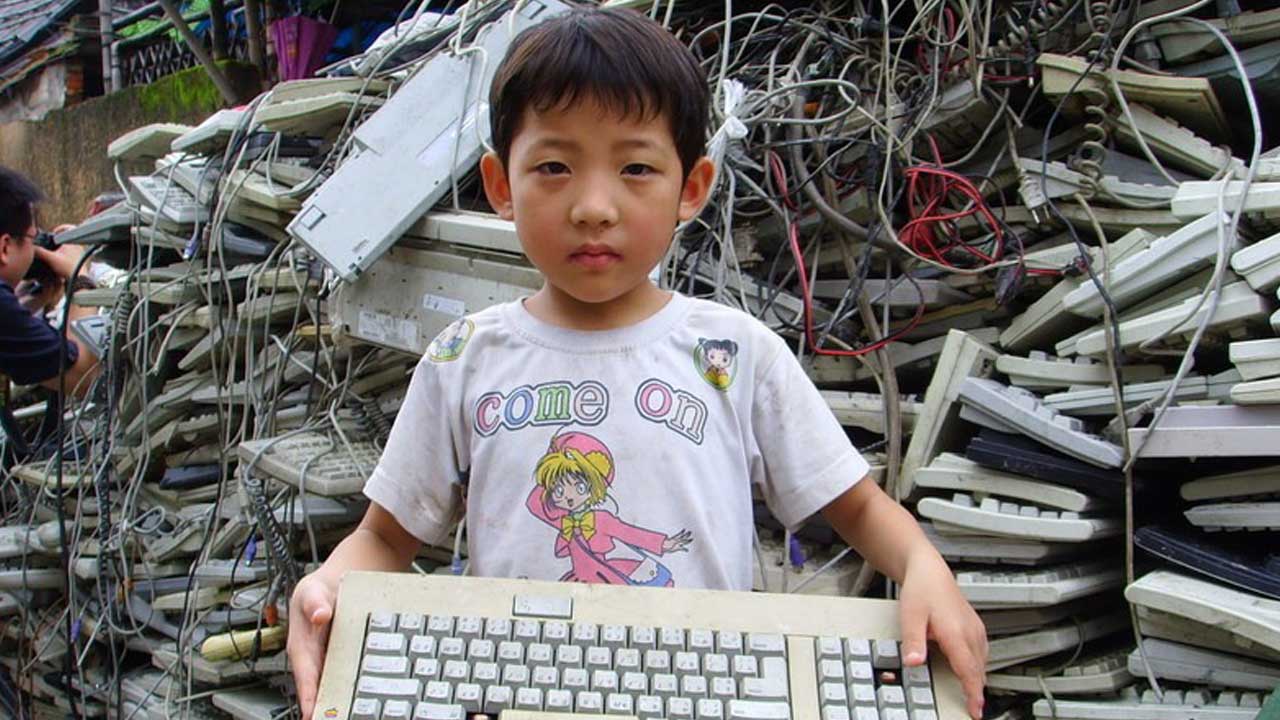
Guiyu, on the coast of the South China Sea most e-waste It is known as the accepting place. Although toxic waste started to be recycled better after the studies carried out in 2013, the air and water quality in the region has not been fully cleaned.
Ghana, a West African country, produces approximately 192 thousand tons of e-waste taking. Ghana; It pollutes soil, water and air. Not only that, 10 thousand people working in recycling are experiencing serious health problems.
In the Bantar Gebang dump in Bekasi, Indonesia to 40 million tons There is as much waste. An additional 230 thousand tons of domestic waste is added to this every year.
In Pakistan’s Jam Chakro dump 202 hectares of garbage and this garbage poses serious dangers to the health of 5 million people.
How should we recycle electronic devices?
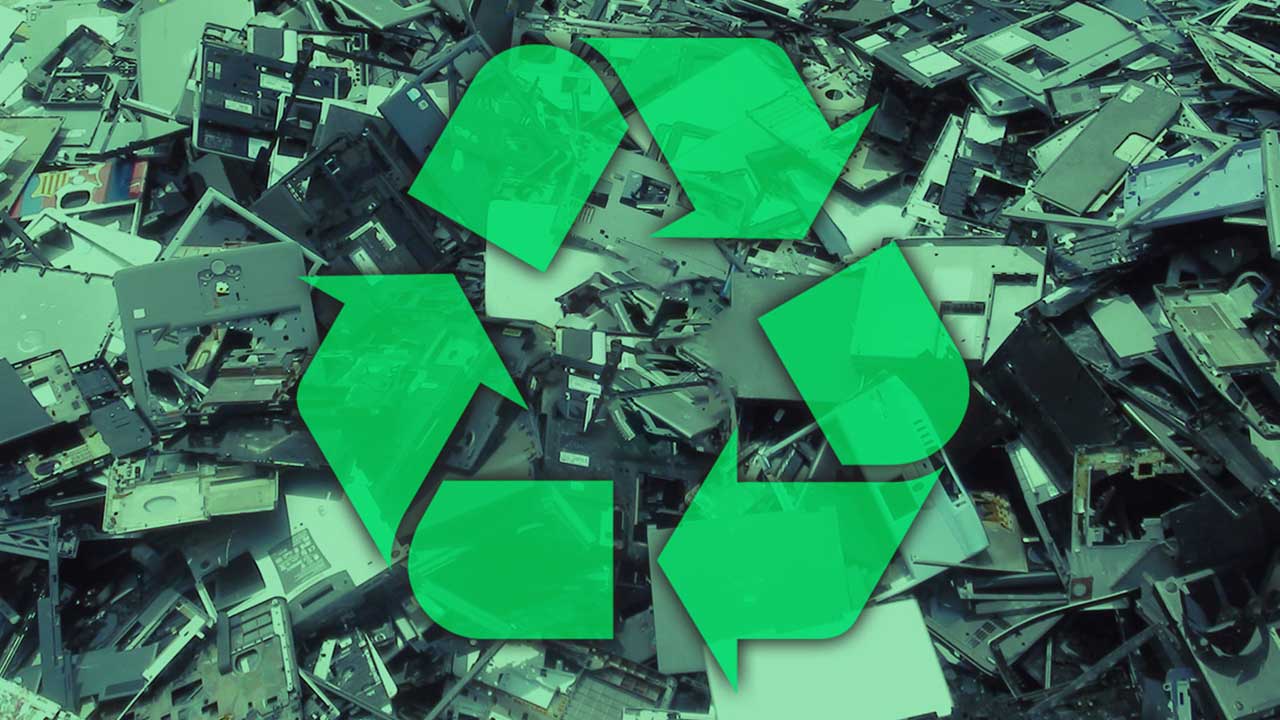
Every year around the world More than 1 billion mobile phones is produced and put on sale. By recycling these mobile phones, 16 tons of copper, 350 kg of silver, 34 kg of gold and 15 kg of palladium can be obtained.
It is possible to contribute to both human health and the environment by recycling electronic products. There are some topics to be done for this. The first of these is the use of phones or other electronic devices. Think before upgrading your model. Do you really need a new device?
Re-use is another step to be taken in recycling. If electronic devices have minor malfunctions, instead of throwing them away to repair among priority operations. Devices that are not intended to be used can be given to other people around them or can be given to those who accept them. to charities can also be forgiven.
“Bring the old one, take the new one.” Especially mobile phones and white goods can be recycled by evaluating the campaigns. In this way, it is not thrown away and is recycled by authorized units.
Before you create e-waste and do another harm to the world, don’t think twice say what?
RELATED NEWS
“Bring the Old, Take the New.” Behind the Scenes of Their Campaigns: What Do Brands Actually Do to Our Old Products?
RELATED NEWS
Why are billions of dollars being spent to send people to the moon when there is so much poverty in the world?
RELATED NEWS
5 Interesting Projects That You Will Admire, Approaching Recycling from a Completely Different Perspective
RELATED NEWS
Could Incinerators Be the Solution to the Recycling Crisis?
RELATED NEWS
